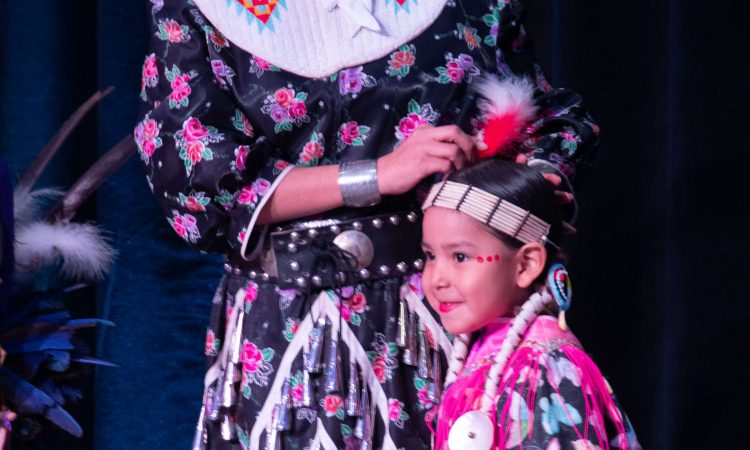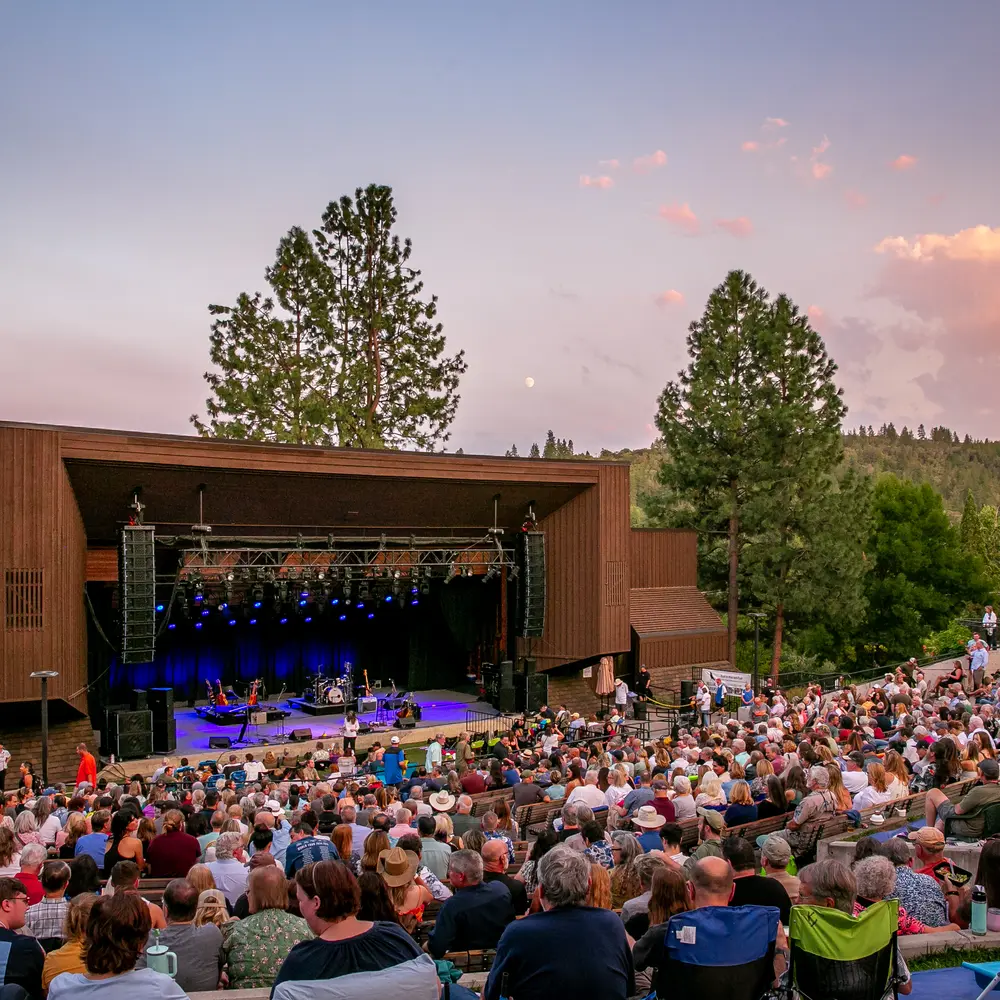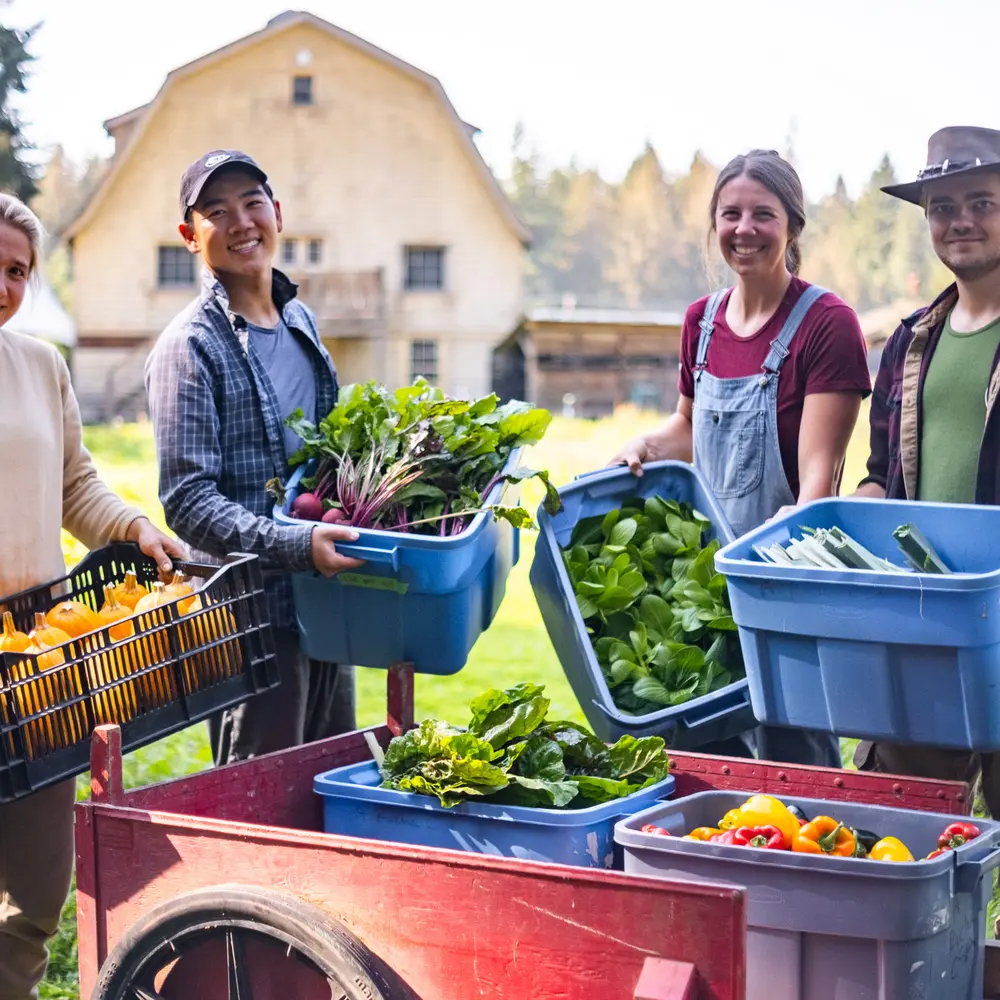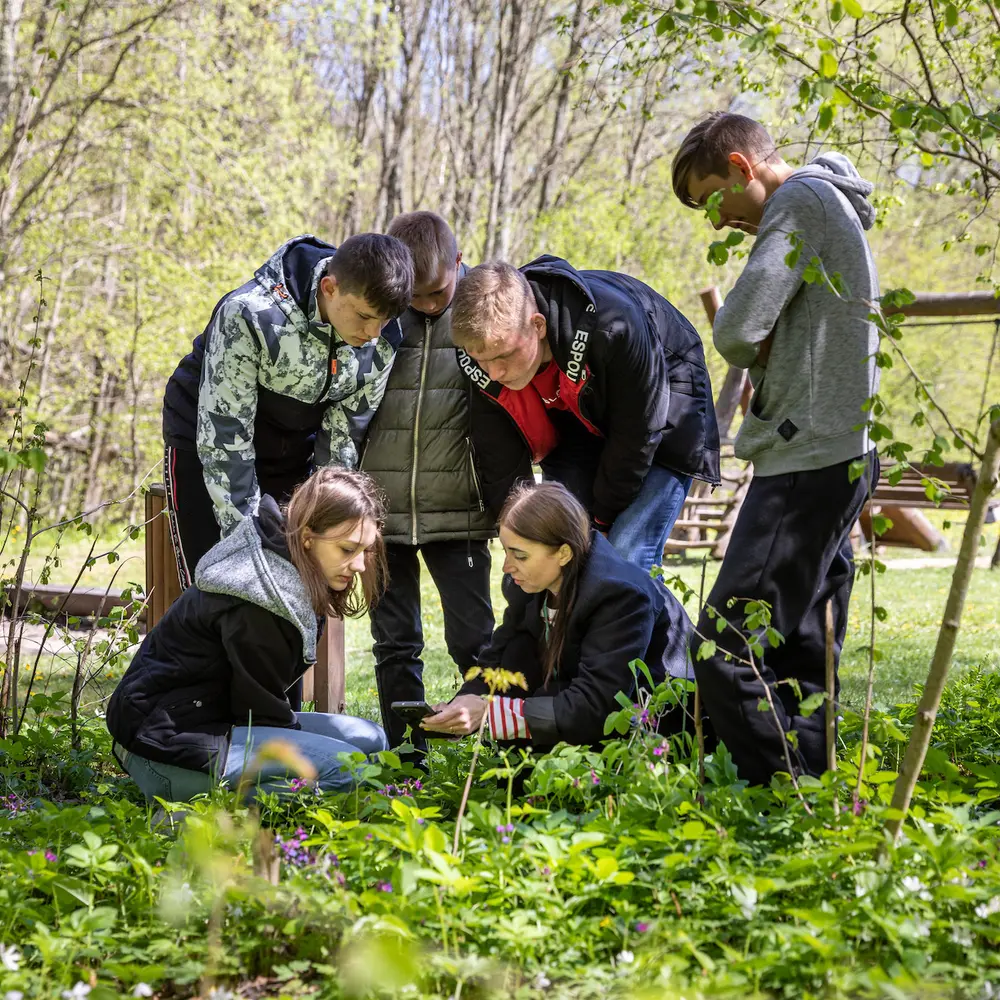The Pacific Northwest is steeped in the history and culture of Native tribes. Sadly, much of that culture, including traditions and languages, is fading as, over the years, Federal Acts have been passed that have restricted tribes and their rights, and newer generations are becoming farther removed from their heritage. The region is fortunate to have many nonprofit organizations focused on elevating Native tribes and their cultures, preserving their heritage today and for future generations. Preservation of Native cultures requires investment in all areas: leadership, youth, land conservation, history and art.

Native Arts and Cultures Foundation #
Arts and cultural practices are uniquely central to the spiritual, communal and economic continuity of Native identity, yet economic resources are minimal. A study by the Ford Foundation in the early 2000s found that philanthropic support for Native arts and artists in the United States was deeply inadequate. Native Arts and Cultures Foundation was founded in Vancouver, Washington, in response to this need and is dedicated to the revitalization of Native arts throughout the country. The Foundation offers fellowships to artists of Native descent, facilitates artist mentorship and advocates for the Native arts and cultures field.

Alaska Native Heritage Center #
Native culture is also centrally important to preserving Tribal heritage. In Alaska in 1987, 178 villages, 13 regional Native corporations and 12 tribal consortiums unanimously agreed that a heritage center that fosters and preserves the Native traditions, languages and arts of all Alaska Native cultures was needed. The Alaska Native Heritage Center formed in 1999 and is centrally located in Anchorage, offering demonstrations, performances, educational programs and exhibits so visitors can learn about the diverse Alaska regions and the people who live there. As newer generations have become more removed from their tribal histories, the Heritage Center has focused on education programs for students to keep them connected to the values and traditions of their elders.

Hopa Mountain #
An intentional focus on building up Native leadership is fundamental to strengthening Tribal communities. Hopa Mountain invests in rural and Tribal leaders in high-poverty areas of Montana, especially focused on Native nonprofit leaders, citizen leaders, students and foster children. These established and emerging leaders are built up with training, mentoring, networking and financial resources, all with the goal of advancing the health of Tribal communities. Strong leadership is essential in every sector, and the Murdock Trust understands the importance of investing in Tribal leaders, both those of today and those of the next generation.

National Indian Child Welfare Association #
After the Indian Child Welfare Act was passed in 1983 to protect Native children, their tribes and their families, the National Indian Child Welfare Association was formed in Portland, Oregon, to ensure compliance with the Act. According to NICWA, about 20 percent of Native children are at risk of abuse or neglect, and they represent a high percentage of children receiving welfare services. Tribes are in the best position to protect their member children, so NICWA works with tribes to implement culturally appropriate services for children and their families to help them thrive.

Nez Perce Tribe #
Retaining the rights to tribal lands and holding legal stewardship over conserving those lands is of vital importance to Native tribes. The Nez Perce Tribe, now based in Lapwai, Idaho, originally inhabited lands throughout the Pacific Northwest, but in 1863, the federal government reduced its reservation when gold was discovered on some of the land. With the Allotment Act of 1893, the federal government assigned parcels to individual tribe members and opened the remaining area to non-Native settlement, resulting in a checkerboard of reservation land. Part of the Tribe’s mission is to preserve land and water rights, and a recent Murdock Trust grant helped them purchase the Wallowa Lake Easement, a ten-acre parcel of land that includes unique fish and wildlife and is a nesting site for bald eagles and spawning ground for kokanee salmon. With this land acquisition, the Tribe adopts legal stewardship and protection of the property, helping restore the Tribe’s indigenous culture in Wallowa County, as well as land it had lost for more than 150 years.
When Native communities are built up, all communities benefit. Strong leaders, safe children, investment in the arts and preservation of culture are vital to Native tribes, improve the ecosystem around them and help all people thrive. Read more stories of impact on our website at murdocktrust.org/news-and-announcements.
The post Grant Stories: Serving Native Communities in the Pacific Northwest appeared first on M. J. Murdock Charitable Trust.







